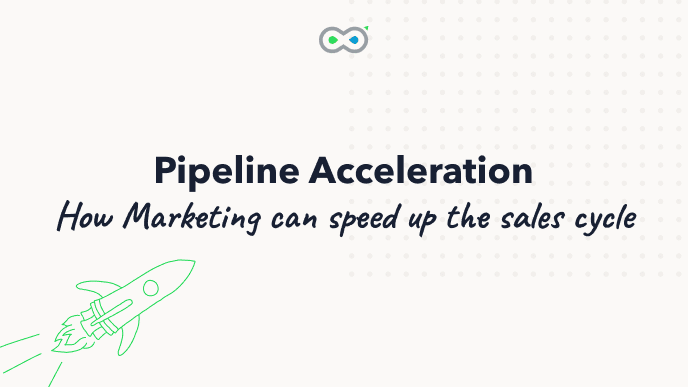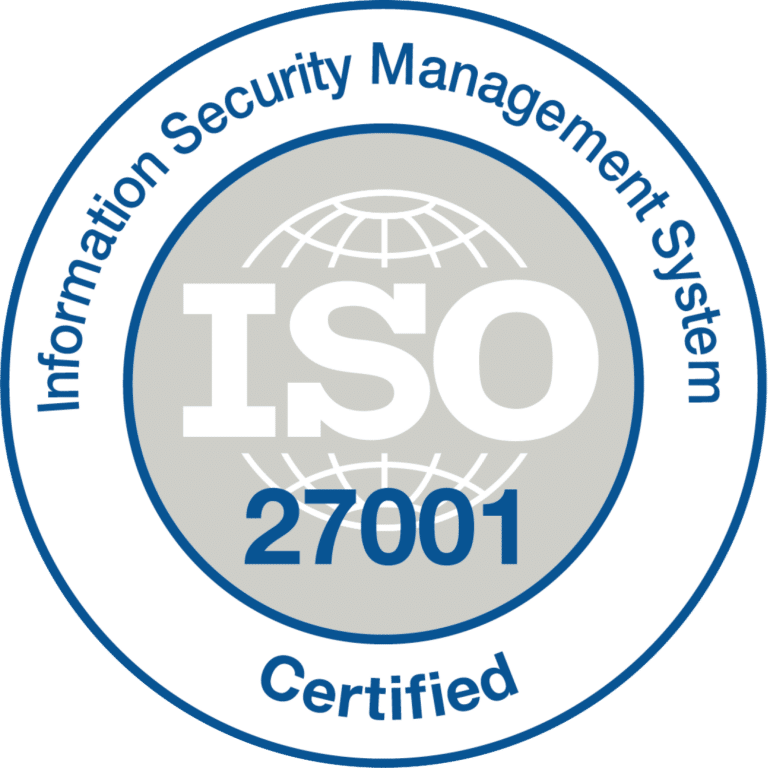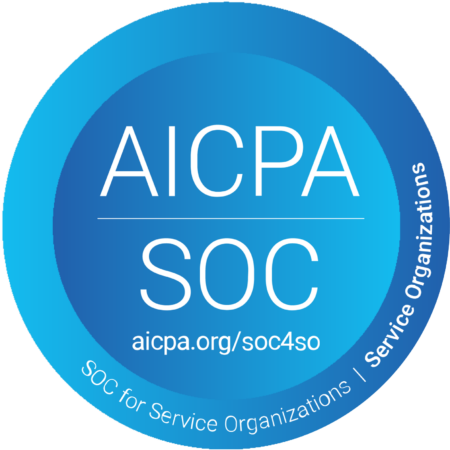Would you consider yourself a hypergrowth marketer? This week we’re talking about a topic that could have a huge impact on your marketing strategy.
Nowadays, marketing is becoming more revenue-driven. That’s part of the reason why lower-funnel activities are getting increasingly more important.
Thinking about improving these lower-funnel activities, marketers usually turn to improve conversion rates. Speed and velocity optimization often gets overlooked as a possible driver of growth.
Accelerating your prospects’ journey through the funnel can have dramatic implications for your marketing and sales efforts. You can use it to increase close rates, increase the number of deals closed in a given timeframe, and enhance your marketing team’s ability to optimize campaigns and re-invest revenue into additional campaigns.
It’s no wonder why marketers like Chris Walker have started praising this strategy:
Let’s see how we can start accelerating your pipeline in 2022.
What is pipeline acceleration?
As a B2B marketer, part of the job description is tackling the issue of long sales cycles. A sales cycle can span anywhere between a few weeks to years. Acknowledging the time gap between your marketing activities and the revenue they generate is a vital first step towards pipeline acceleration.
Pipeline acceleration is a strategy that marketers can use to increase the speed at which accounts go through the different stages of the funnel, from lead to closed-won.
Any marketing activity has the potential to accelerate the pipeline and shorten the sales cycle. To demonstrate this concept, let’s take an example of a company X without any online information about its product.
What would happen if company X would start running ads, and publishing a full stack of relevant online content about its product? Prospects of company X would get access to all of the relevant information online. This would mean they would move through the funnel at a faster pace.
Pipeline acceleration isn’t just a byproduct of your marketing efforts. You can take a proactive approach by initiating pipeline accelerating efforts.
Benefits of pipeline acceleration
Shorter optimization cycles
Focusing on pipeline acceleration will shorten the feedback loop between your marketing activities and revenue impact.
Your marketing activities will benefit from the shorter optimization rounds, allowing you to identify activities that don’t work much faster.
You’ll also reduce the feedback loop between your marketing plan and revenue. This will allow you to iterate on your plan more frequently. You won’t only optimize your campaigns, but you’ll also be able to update your entire plan, making it more agile and adaptable to real-world obstacles.
Revenue acceleration
By getting quicker feedback on the effectiveness of your plan and your campaigns, you’ll generate more revenue and hit your bottom-line targets faster.
Reducing the sales cycle from 80 days to 40 days will allow you to free up your sales reps and potentially double revenue.
Simplify the buyer journey and marketing attribution
The shorter the sales cycle, the easier it is to assess the contribution of your various marketing channels.
At InfiniGrow, our customers sometimes need to analyze dozens of touchpoints and interactions in their buyer’s sales cycle. Shortening the sales cycle reduces those points of contact and makes it easier to assess which activities truly moved the needle for the customer.
With an accelerated pipeline, it’s much easier to identify and eliminate the marketing activities that are not generating results.
Easier sales and marketing alignment
By reducing the time it takes to generate sales, marketers can more easily sync up with the sales team with regards to which messages, channels and campaigns are having a positive impact on their prospects.
Booster #1: Leverage opportunities that make prospects feel heightened urgency
There may be times throughout the year when the demand for your product rises. This could be caused by a major conference that’s taking place or it could be related to a certain time of the year, a holiday season, etc.
Yulia Ziv, director of products, demand generation at Yotpo, had this to say about speeding up the sales cycle with timed activities:

Yulia Ziv, director of products, demand generation at Yotpo
“We’re trying to align on the time to launch. When is the right timing to launch new activities that drive new demand?
For mid-market, nothing is fast. Everything takes time. You need to nurture the leads and potentially create a surge within an account. For those webinars, paid efforts and events, we see that they drive a faster sales cycle for mid-market and enterprise prospects.”
Booster #2: Improve your automated content enrichment processes
Randy Frisch, CMO at Uberflip, shared how they utilize content on the macro and micro level to speed up specific stages of the funnel.

Randy Frisch, CMO at Uberflip
“How can we understand the role of content in moving someone along the buyer journey?
We need to understand the role content plays at each of the different stages. The more we learn from that, the more we can take that input and use it to build a better and more repeatable journey for each customer.
If we know that customers move from 60% opportunity in Salesforce to 80% opportunity in Salesforce, and it’s 70% of them who engage with a certain eBook. Let’s start to feed that eBook to others on a repeatable basis.“
Andy Crestodina, CMO at Orbit Media, shares how he utilizes content to shorten the sales cycle.

Andy Crestodina, CMO at Orbit Media
“We have a very long sales cycle. We sell hundred-thousand-dollar websites. It sometimes takes people weeks or months to decide who to hire.
I recently closed a deal where I had been talking to them for a year and a half.
What happens after you have the first sales call is that the urgency can disappear, or they may just start shopping around, looking at your competitors.
How do you stay in front of this company, stay relevant to them and nurture them?
There, again, content is super-useful.
We published some research about what’s working well on banking websites.
Have I talked to banks in the last two years? Are there any banks in our pipeline right now? Can I invite them to engage with our content?
The sales team is expected to keep following up again and again. Haven’t heard from them in two weeks? time to call them again!
Why? What does that call sound like? Boring!“
Booster #3: Identify and double down on target audience segments with faster sales cycles
Customers are usually assessed by profitability metrics like LTV and CAC. However, the length of their sales cycle should be taken into account as an important factor.
Let’s say you sell event booking software, catering to SMBs and enterprises. It makes sense that the sales cycle will be shorter for the SMBs.
By changing your target audience, you can test focusing on:
- Customers from smaller companies;
- Companies with less stakeholders;
- Companies with more approachable stakeholders.
Booster #4: Use PLG models and give users a taste of your product with interactive demos.
Product-led growth (PLG) is one of the most effective ways to speed up the sales process. The faster a user understands the value of a product, the sooner they’ll buy it.
How can you get users to recognize the value of your product without PLG? Tools like Reprise and Walnut give your users an interactive dummy account that they can play with to get to acquainted with your product in minutes.
Booster #5: Use metrics that measure sales cycle length (like time-to-impact)
By using velocity metrics, you can find ways to optimize your sales cycle length.
We recently shared three metrics and formulas you can use to better measure the sales cycle:
1. CAC Payback Period
This is the most common velocity metric in the SaaS environment. It is the number of months it takes for a deal to return/recover its investment (CAC), based on the deal’s recurrent revenue.
Formula: CAC / average monthly recurring revenue (MRR). Multiply the average MRR by the gross margin for a more accurate result.
2. Time to Impact
The average time it takes for a campaign/content to drive a certain business outcome (usually, this is a won deal), from the initial touchpoint in a customer journey to the conversion.
Formula: (per journey) Close won date MINUS Activity touchpoint date.
3. Time to ROI
The time it takes for a marketing activity to become ROI positive.
Formula: Activity TTI (Time To Impact) + Activity CAC Payback Period.
Other boosters you can use
Ruler Analytics conducted research on how companies are dealing with longer sales cycles.
We’ve already covered some of their findings above. You can generate more ideas for pipeline acceleration based on their factors, like:
- Improve your lead scoring method.
- Improve sales and marketing alignment (we have written about this in the past).
- You can run tests on your pricing page to see if it has an effect on pipeline acceleration. This is the low-hanging fruit that doesn’t require a lot of resources.
- Regarding lack of tools and automation, our customers use InfiniGrow to get more visibility into their buyer journey and attribution. They can use the data to forecast revenue results and make smarter decisions. This will in turn help shorten their sales cycle.
Is pipeline acceleration the new IT factor?
I’ve been doing digital marketing for the past 15 years, and have seen trends come and go. SEO, content marketing, and social media marketing are such examples…
As these trends become increasingly saturated, pipeline acceleration provides unexplored territory for marketers who want to increase their impact on revenue growth.



